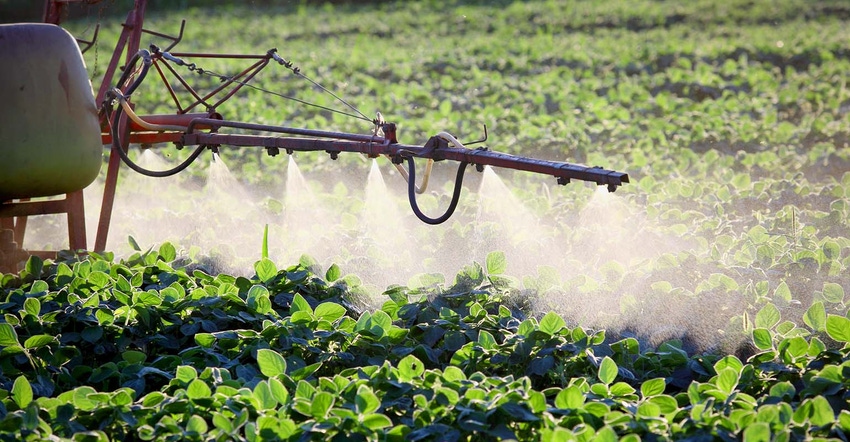February 9, 2018

The 2016 Pesticide Data Program Annual Summary shows more than 99.5% of the samples tested had pesticide residues well below benchmark levels established by the Environmental Protection Agency and 22% had no detectable residue.
PDP scientists and staff use rigorous sampling and advanced methods to test a wide variety of domestic and imported foods, helping ensure that the U.S. food supply is one of the safest in the world. The 2016 report includes data from over 10,000 samples.
PDP data is used by EPA to conduct dietary risk assessments and to ensure that any pesticide residues in foods remain at safe levels and adverse health effects are unlikely. The data also provides regulators, farmers, processors, manufacturers, consumers and scientists with insights into the actual levels of pesticide residues found on widely consumed foods.
The annual pesticide residue results are reported to the Food and Drug Administration and EPA in monthly reports as testing takes place throughout the year. FDA and EPA would be immediately notified if a PDP test discovered residue levels that could pose a public safety risk.
Each year, USDA and EPA work together to identify foods to be tested on a rotating basis. In 2016, surveys were conducted on fresh and processed foods including fruits and vegetables as well as eggs and milk. AMS partners with cooperating state agencies to collect and analyze pesticide residue levels on selected foods. For over 25 years, PDP has tested a variety of commodities including fresh and processed fruits and vegetables, dairy, meat, poultry, grains, fish, rice, specialty products and water.
The 2016 data and summary, along with a guide for consumers can be found on the Pesticide Data Program page on the AMS website. Printed copies may be obtained by contacting the USDA Agricultural Marketing Service, Science and Technology Program, Monitoring Programs Division by e-mail at [email protected].
Source: USDA AMS
You May Also Like




